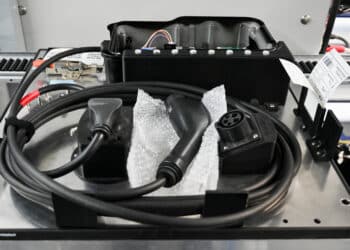Subprime Lenders Willing to Cut Rates to Maintain Volume, Analyst Says

Rising interest rates pose some challenges to subprime lenders, but ultimately, “If you’re willing to cut price there’s plenty of volume — and volumes are strong right now,” Moshe Orenbuch, managing director at Credit Suisse, told Auto Finance News.
He explained that subprime lenders have more wiggle room to cut their return on the loan because when interest rates fell 6 basis points in the wake of the Great Recession, subprime loan yields fell by only 2 to 3 basis points.
“So the lenders kept that 300-some basis points for themselves,” Orenbuch said. “It became a really fat-margin business and now it’s going back towards normal.” Prime lenders don’t have the same flexibility, he said, because margins are already so tight and the competition for high-credit consumers seeking a low-interest rate remains fierce in a strong economy.
“The auto industry has basically kept the price of cars constant to the consumer by leveraging lower interest rates and longer loan terms,” Orenbuch said. “Interest rates are going up and loan terms are not able to go up as rapidly. [Lenders are realizing] they should have held some of that in reserve for when interest rates went up.”
Additionally, prime consumers are getting priced out of the new-car space, especially as interest rates rise. “There was this thesis out there in the auto industry that no one was ever going to buy a used car again because the technology in the new cars was going to be so much better,” Orenbuch said. “I may want my 17-year-old daughter to drive a car that can automatically stop before it hits somebody, but I might not be able to afford it.”






